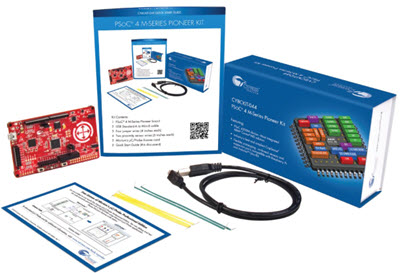|
For novel ideas about building embedded systems (both hardware and firmware), join the 35,000 engineers who subscribe to The Embedded Muse, a free biweekly newsletter. The Muse has no hype and no vendor PR. Click here to subscribe.
|
Published 9/21/2005
75 miles south of London a 1000-year-old castle still stands. No longer home to kings and bishops, Amberley Castle (http://www.amberleycastle.co.uk/index.html) is now an upscale hotel whose amenities must be seen to be believed. Several years ago we stayed there, for a single night only as their eXtreme Pricing model would quickly bankrupt us.
We're on their mailing list and recently received the latest newsletter. A millennia after being built the castle now has broadband! The juxtaposition of technology left me speechless. A portcullis and wi-fi. Parapets guarded by ultrasonic sensors. Digitally-synthesized telephone ringer near an old bronze chapel bell. Armored knights brandishing swords replaced by suited hotel guests wielding Blackberries while engaged in titanic boardroom clashes.
Mark Twain's "A Connecticut Yankee in King Arthur's Court" (a must read) describes a reverse juxtaposition. An engineer, bonked on the head in an accident, awakes in the sixth century just outside Camelot. In this case he imports not technology but a head full of skills, drawings and ideas. Our protagonist quickly manufactures guns, the telegraph and explosives, nearly dominating a great swath of merry old England while exposing Merlin as a mere charlatan.
One Star Trek episode exploited a similar theme. The usual complicated wrangling with the space-time continuum strands crewmember Leonard Vincent in the 1500s. Kirk muses aloud, wondering if Mr. Vincent became Leonardo da Vinci. Can you imagine what fun we'd have cast adrift in the distant past with 21st century engineering knowledge? And how frustrating to be unable to find the components we'd want, and to see our friends sicken and die from diseases that would be so easily treated by the medicines we take for granted.
In our industry the passage of just a few decades unleashes revolutionary change. My son and I visited The Guitar Center this week. As he looked for a replacement for the bass he'd abandoned in New Orleans I wandered around, admiring the flashy electronics. Arrays of multicolored LEDs winked at me. Graphic displays flashed equalization settings. Oddly, the most expensive amplifiers had just a couple of simple controls, with none of the gaudy displays of the cheaper alternatives.
One had its back off. Peeking in I saw 6 vacuum tubes, valves to our British friends, though I'd assumed both of those monikers had long faded from memory. 6 tubes! We digital engineers can't design anything with less than a couple of million transistors. The amp, though modern, uses technology computer people discarded long ago. To me those tubes looked about as ancient as a castle's crumbling walls.
Yet I'm told that, for reasons I can't fathom, the tube amps sound much better than their silicon brothers.
Our electronic creations are ephemeral. Like gnats flitting through a castle's gardens they speed through a lifecycle measured in days. Many of our products are obsolete before being shipped. My astonishment at finding the comparatively-young vacuum tube still extant reflects on the rate of technology obsolescence.
20 years ago I tossed my old Tektronix 545 scope. A 100 pound thing of beauty it used unconscionable amounts of power, too much bench space, and was far too slow for digital work. A fast analog Tek scope replaced it. That was eventually superseded by an Agilent mixed signal scope. Now a palm-sized USB instrument suffices for 90% of my work.
Amberley Castle squats solidly on its massive foundations as it has for 50 generations. It'll probably last another millennia. But 10 years from now the Wi-fi antennas that adorn the courtyards will be gone, replaced by some other technology, one whose lifespan may be even shorter. I suspect that by 2015 budding Hendrixes will find that audio engineers have built silicon solutions far superior to tube amps. The last tubes will sit beside 545s, PDP-11s, and Altair 8800s in museums.
In this field the only constant, the bedrock of our expectations and experience, is change. Change keeps the business exciting. We're always learning new things.
But sometimes I envy those masons of old, whose creations were used for tens of scores of years. Wouldn't it be cool if in our dotage the gadgets we built were still valuable to someone?


